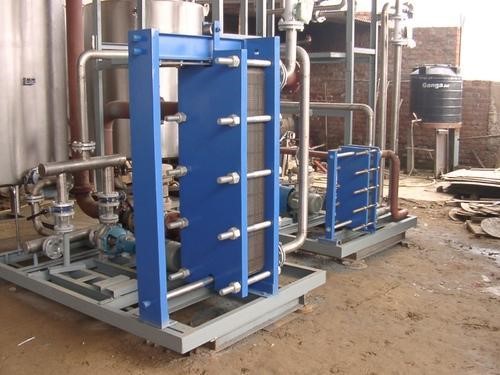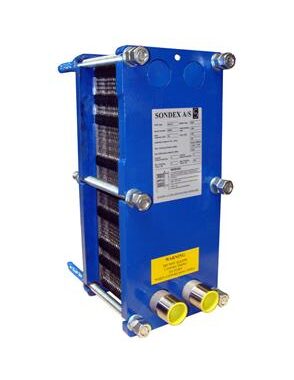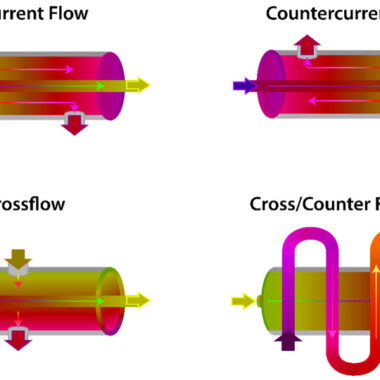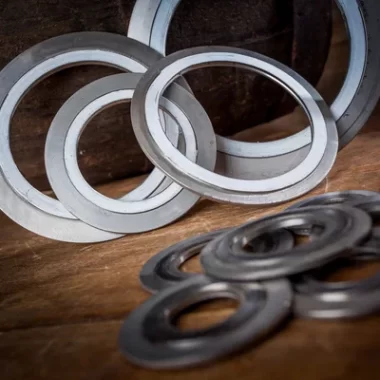Choosing the Right Construction Method for Your PHE
Choosing the Right Construction Method for Your PHE
Choosing the Right Construction Method for Your PHE : Selecting the fitting development method for your Plate Heat Exchanger (PHE) is basic to guaranteeing ideal execution, effectiveness, and longevity in your particular application. The development strategy influences maintenance, operational adaptability, and suitability for distinctive situations. Here’s a detailed direct to help you select the proper development method for your PHE:
1. Gasketed Plate Heat Exchangers (GPHEs)
Construction:
Plates are fixed with gaskets that create a tight seal between the plates.
Advantages:
- Adaptability: Simple to modify capacity by including or removing plates.
- Support: Simple to disassemble for cleaning and support.
- Cost-Effective: Generally lower beginning cost compared to other sorts.
Disadvantages:
- Temperature and Pressure Limitations: Constrained to direct temperatures and pressures due to gasket materials.
- Gasket Compatibility: Gaskets may not be consistent with certain aggressive chemicals.
Best Applications:
HVAC systems, nourishment and refreshment handling, pharmaceuticals, and applications requiring frequent cleaning and maintenance.
2. Brazed Plate Heat Exchangers (BPHEs)
Construction:
Plates are brazed along with a filler material, such as copper or nickel, making a compact and robust unit without gaskets.
Advantages:
- High Productivity: Amazing thermal efficiency due to compact plan.
- Solidness: Suitable for high-temperature and high-pressure applications.
- Low Support: No gaskets to supplant or maintain.
Drawbacks:
- Settled Plan: Capacity is settled and cannot be modified.
- Sensitive to Thermal Stress: Can be helpless to thermal shock in case not appropriately managed.
Best Applications:
Refrigeration, HVAC systems, oil coolers, and small-scale industrial processes.
3. Welded Plate Heat Exchangers
Construction:
- Plates are welded together, eliminating the require for gaskets.
- Accessible in completely welded and semi-welded configurations.
Advantages:
- Tall Resistance: Appropriate for aggressive chemicals and extraordinary temperatures and weights.
- Leak-Free Operation: Gives a robust, leak-proof arrangement.
Disadvantages:
- Complex Maintenance: Troublesome to disassemble for cleaning, requiring specialized support.
- Settled Plan: Capacity cannot be effortlessly adjusted.
Best Applications:
Chemical and petrochemical businesses, oil and gas processing, and applications including high pressures and temperatures.
Sub-types:
Completely Welded:
Perfect for the most requesting conditions where maximum toughness is required.
Semi-Welded:
Combines the benefits of welded and gasketed plans, permitting for some maintenance adaptability.
4. Double-Wall Plate Heat Exchangers
Development:
Comprises of two plates welded or bonded together at the edges, giving a double-wall obstruction between fluids.
Preferences:
- Security: Additional security against cross-contamination of fluids.
- Cleanliness: Perfect for applications requiring strict security and hygiene guidelines.
Disadvantages:
- Cost: For the most part higher cost due to the complex development.
- Space: Slightly bulkier due to the double-wall design.
Best Applications:
Nourishment and beverage handling, pharmaceuticals, and any application where fluid cross-contamination must be prevented.
5. Free-Flow Plate Heat Exchangers
Development:
Plates outlined with wider crevices to accommodate fluids with tall particulate content or high viscosity.
Advantages:
- Decreased Fouling: Lower risk of clogging and fouling.
- Low Maintenance: Less visit cleaning required due to the wide stream passages.
Drawbacks:
Lower Proficiency: Somewhat lower thermal efficiency compared to standard plans due to more extensive holes.
Best Applications:
Wastewater treatment, slurry cooling, and applications including thick or dirty liquids.
Components to Consider
1. Application Requirements:
- Temperature and Weight: Coordinate the exchanger’s capabilities together with your process’s temperature and weight necessities.
- Fluid Types: Guarantee compatibility with the fluids being handled, considering components like corrosiveness and particulate content.
2. Maintenance Needs:
- Accessibility: Decide how regularly the exchanger has to be cleaned or overhauled and how simple it is to perform these tasks.
- Downtime: Consider the acceptable level of downtime for maintenance and repairs.
3. Operational Adaptability:
- Scalability: Choose in the event that you need a PHE that permits for simple capacity adjustments.
- Adjustment: Survey if your handle may change within the future, requiring adjustments to the heat exchanger.
4. Cost Considerations:
- Beginning Investment: Compare the upfront costs of different PHE sorts.
- Long-Term Savings: Calculate in maintenance costs, energy effectiveness, and operational life span.
Conclusion
Choosing the right development strategy for your plate heat exchanger includes a cautious assessment of your specific application requirements, maintenance needs, operational adaptability, and budget. Gasketed, brazed, welded, double-wall, and free-flow designs each offer interesting benefits and limitations. By understanding these components, you’ll select a PHE that provides optimal execution, productivity, and sustainability for your operations.





